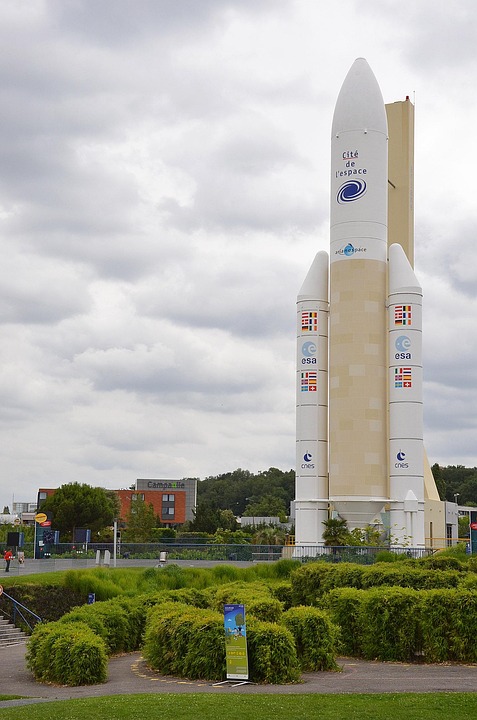NFT Gaming Metaverse Opportunities: A New Era of Digital Interaction and Ownership
The convergence of blockchain technology, non-fungible tokens (NFTs), and the metaverse is revolutionizing the digital landscape, creating unprecedented opportunities for gamers, developers, and investors alike. As virtual worlds evolve into immersive, interconnected spaces, NFTs are emerging as the cornerstone of digital ownership, enabling new forms of interaction, economic systems, and creativity. This article explores the opportunities and potential of NFT gaming within the metaverse, while also addressing the challenges that lie ahead.
Understanding NFTs and the Metaverse
Non-fungible tokens (NFTs) are unique digital assets stored on blockchain networks, representing ownership of items like art, music, or virtual real estate. Unlike fungible cryptocurrencies (e.g., Bitcoin), each NFT has distinct properties, making them ideal for verifying authenticity and scarcity in digital environments.
The metaverse refers to a collective virtual shared space, a network of interconnected 3D virtual worlds where users can interact, work, play, and create. Powered by technologies like virtual reality (VR), augmented reality (AR), and blockchain, the metaverse aims to blur the lines between physical and digital realities, offering a persistent, immersive experience.
When NFTs meet the metaverse, they create a framework for player-centric digital economies, where ownership of virtual assets is decentralized, transparent, and tradable. This intersection is redefining how we engage with games and virtual spaces, turning them into dynamic, open ecosystems.
The Rise of NFTs in Gaming
Traditional video games have long been criticized for their closed ecosystems, where in-game items are owned by developers and cannot be transferred or sold outside the game. NFTs disrupt this model by granting players true ownership of digital assets. For example, in games like Axie Infinity or Decentraland, players can buy, sell, and trade NFTs representing characters, weapons, or virtual land, creating a playground for both entertainment and investment.
The play-to-earn (P2E) model, popularized by NFT games, allows players to generate real-world income by completing tasks, battling, or trading assets. This has particularly resonated in regions with economic disparities, where gaming can become a source of livelihood. NFTs also enable ownership portability—players can retain their assets across different platforms, fostering a more open and flexible gaming environment.
The Metaverse’s Evolution
The metaverse is no longer just a futuristic concept; it’s being built by companies like Meta (formerly Facebook), Roblox, Epic Games, and others. These platforms are integrating blockchain to support decentralized governance, user-generated content, and interoperable assets. Virtual spaces like The Sandbox and Decentraland already allow users to buy and develop virtual land, host events, and create experiences using NFTs.
Key technologies driving the metaverse include:
-
- Blockchain: Ensures secure, transparent ownership of digital assets.
-
- VR/AR: Provides immersive environments for interaction.
-
- Web3: Facilitates decentralized ownership and user control.
This evolution is paving the way for a connected digital universe where users can seamlessly move between virtual worlds, carrying their assets and identities with them.
Synergy Between NFTs and the Metaverse
NFTs and the metaverse complement each other by turning virtual assets into valuable, transferable items. For instance, a player’s NFT avatar in one metaverse platform could be used in another, creating a unified digital identity. Similarly, NFTs can represent virtual real estate, clothing, or accessories, which become part of the metaverse’s broader economy.
Interactive NFTs also enable dynamic experiences—players can modify their assets, collaborate on projects, or participate in decentralized autonomous organizations (DAOs) to influence game development. This synergy fosters a sense of community and ownership that traditional games lack.
Opportunities in the NFT Gaming Metaverse
-
- Player Ownership and Monetization
NFTs empower players to own and monetize their in-game assets. Whether it’s a rare weapon in a game or a plot of virtual land, these assets can be traded on open markets, creating new revenue streams for gamers.
- Player Ownership and Monetization
-
- Virtual Economies and Asset Trading
The metaverse hosts thriving virtual economies where NFTs serve as currency, collectibles, or investment vehicles. For example, Decentraland’s virtual real estate sales have exceeded millions of dollars, demonstrating the potential for digital asset valuation.
- Virtual Economies and Asset Trading
-
- Interoperability Across Platforms
NFTs allow assets to transcend individual games or platforms. A character NFT from Axie Infinity could potentially be used in a Decentraland event, enabling a seamless, cross-platform experience. This interoperability is a major draw for users seeking flexibility.
- Interoperability Across Platforms
-
- Enhanced Community and Engagement
NFTs foster stronger communities by creating shared stakes. Guilds, fanbases, and DAOs can form around NFT collections, driving engagement and loyalty. Players often invest emotionally and financially in their assets, leading to more active and invested user bases.
- Enhanced Community and Engagement
-
- New Business Models for Developers
NFTs offer developers sustainable revenue through royalties and asset sales. Unlike traditional microtransactions, which rely on continuous spending, NFTs enable one-time sales with ongoing income from resales, incentivizing long-term game development and innovation.
- New Business Models for Developers
Challenges and Considerations
Despite the promise, the NFT gaming metaverse faces hurdles:
-
- Scalability and Latency: Blockchain networks like Ethereum often struggle with high transaction costs and slow speeds, hindering seamless experiences.
-
- Environmental Impact: Energy-intensive blockchains raise concerns about sustainability, though eco-friendly alternatives like Solana and Polygon are gaining traction.
-
- Regulatory Uncertainties: Governments are still figuring out how to classify NFTs and virtual assets, leading to potential legal challenges.
-
- Market Volatility: NFT prices can fluctuate wildly, making them a speculative investment rather than a stable asset.
-
- User Adoption: Many gamers are unfamiliar with blockchain, requiring education and intuitive tools to bridge the gap.
Future Outlook
The NFT gaming metaverse is poised for exponential growth. As AR/VR technologies advance and blockchain becomes more scalable, we may see immersive, persistent worlds where NFTs are integral to daily activities. Major tech companies and game studios are likely to integrate NFTs into their metaverse strategies, pushing for standardized protocols and interoperability frameworks.
In the long term, the metaverse could redefine digital identity, social interaction, and economic systems, with NFTs acting as the backbone of these transformations. Investors and developers who adapt early may find themselves at the forefront of this digital revolution.
Conclusion
The NFT gaming metaverse represents a paradigm shift in how we perceive and interact with digital spaces. By enabling true ownership, fostering vibrant economies, and promoting community-driven experiences, it opens doors for innovation and financial opportunities. However, addressing technical, environmental, and regulatory challenges is critical for its sustained growth. As the lines between physical and virtual continue to blur, the NFT metaverse may not just be a trend—it could become the next frontier of digital life.
For now, the future of gaming is not just about playing, but owning, creating, and thriving in a decentralized, shared virtual world. Whether you’re a gamer, investor, or developer, the NFT metaverse offers a canvas of possibilities waiting to be explored.







